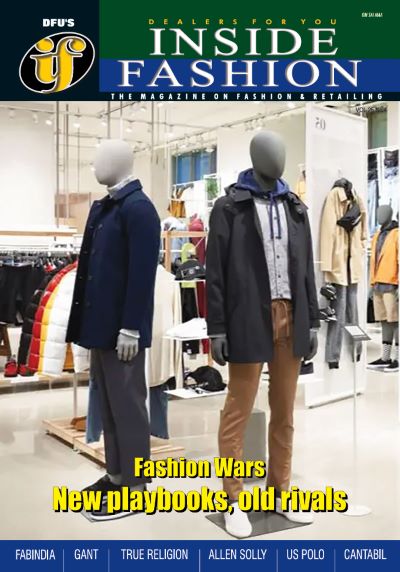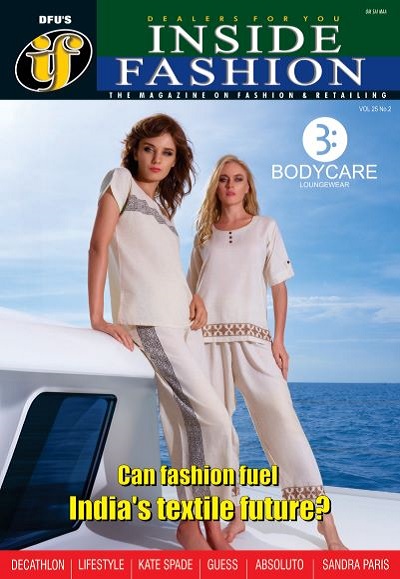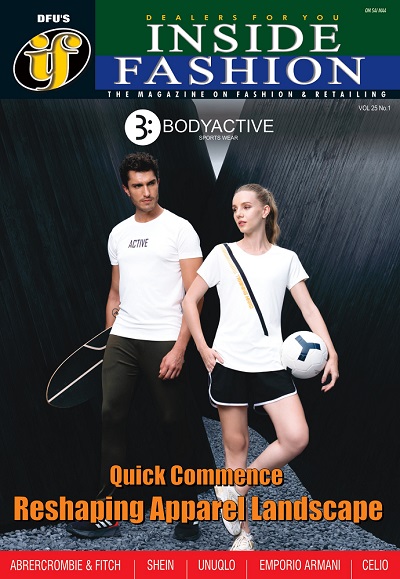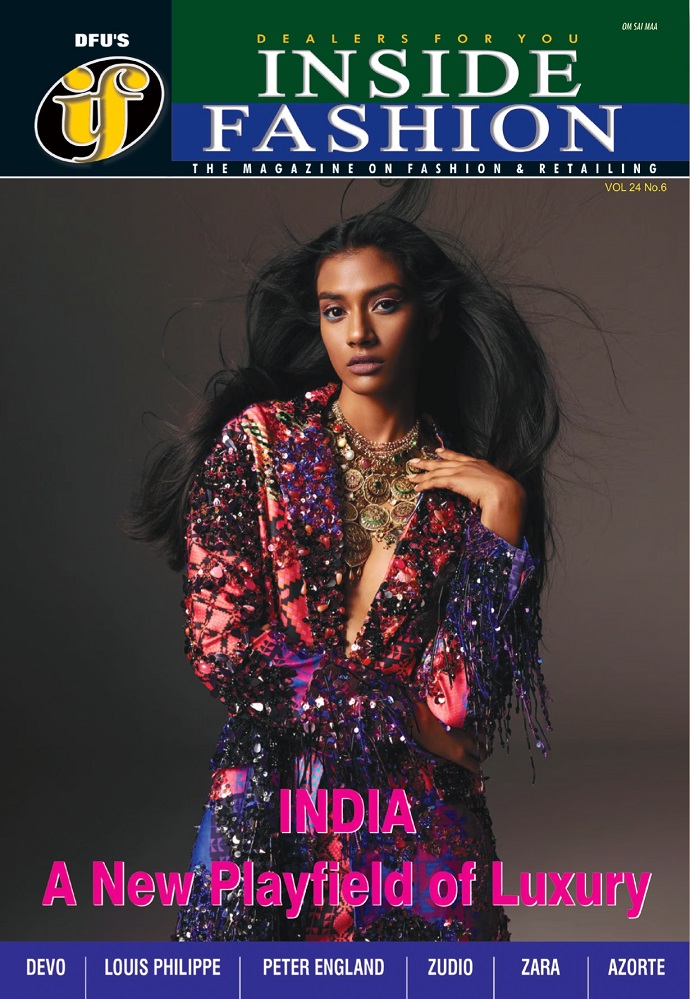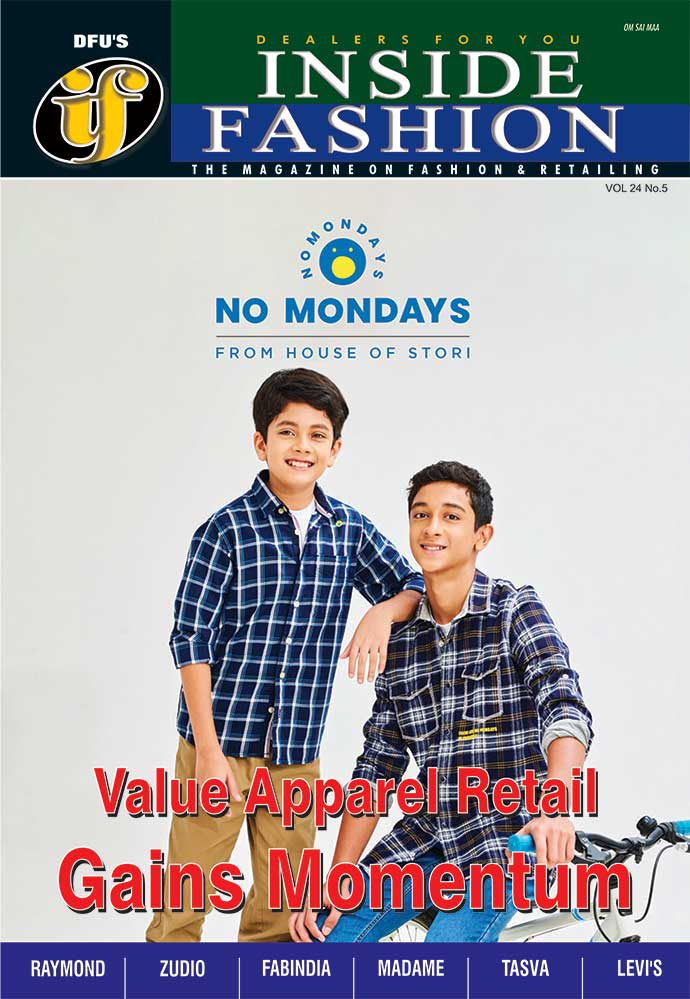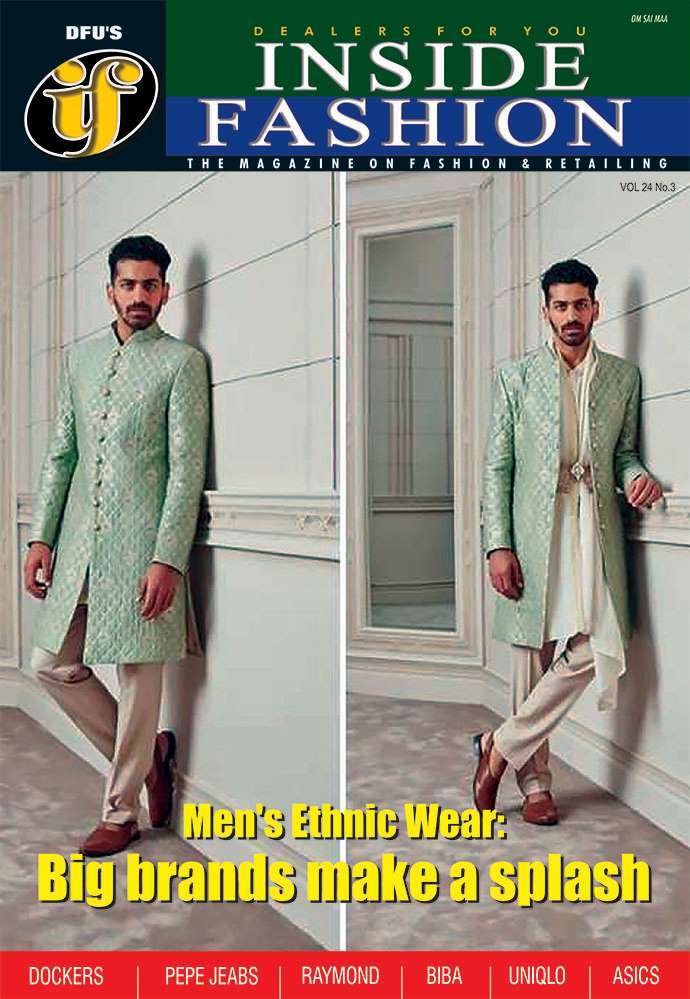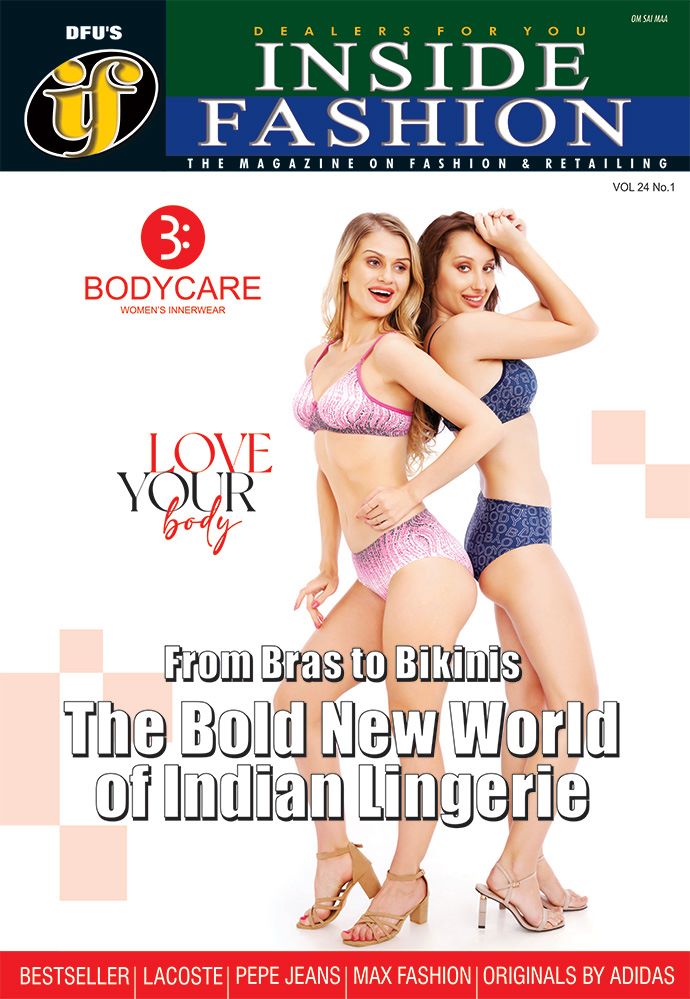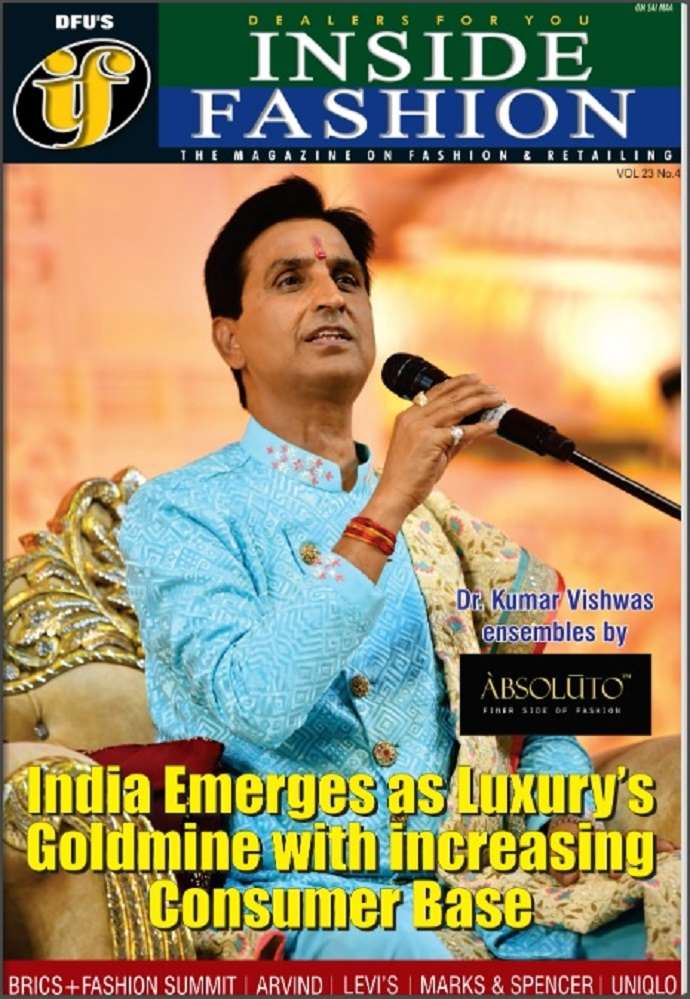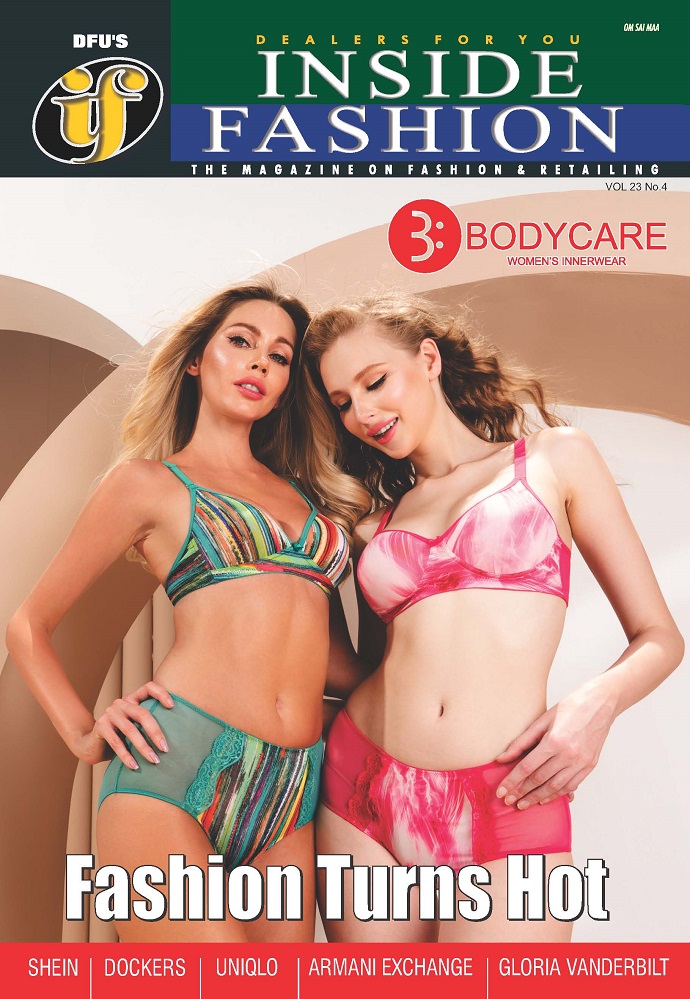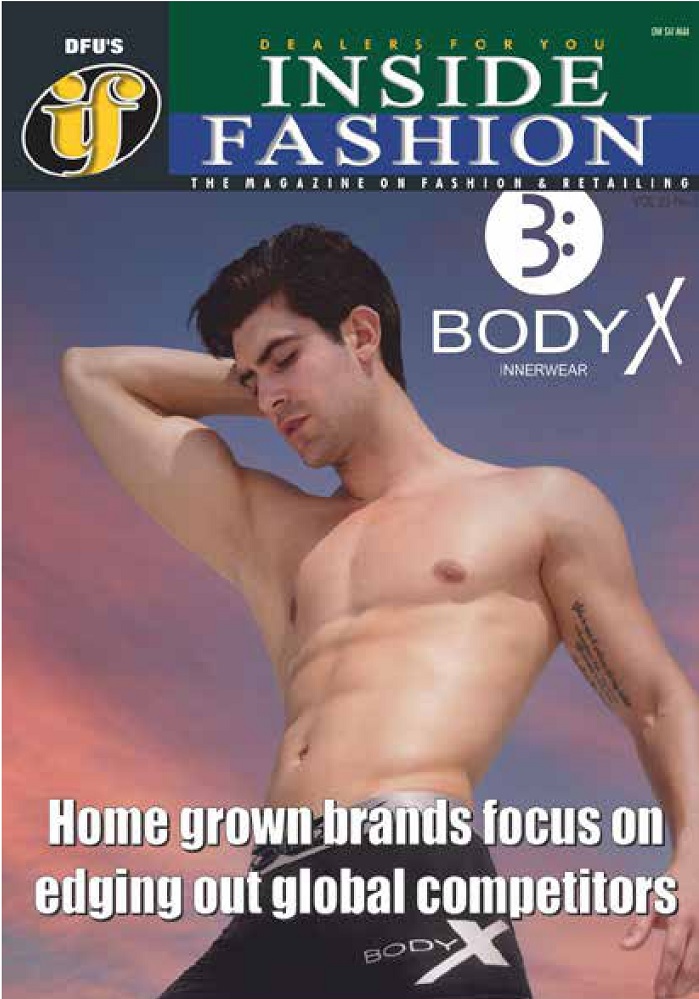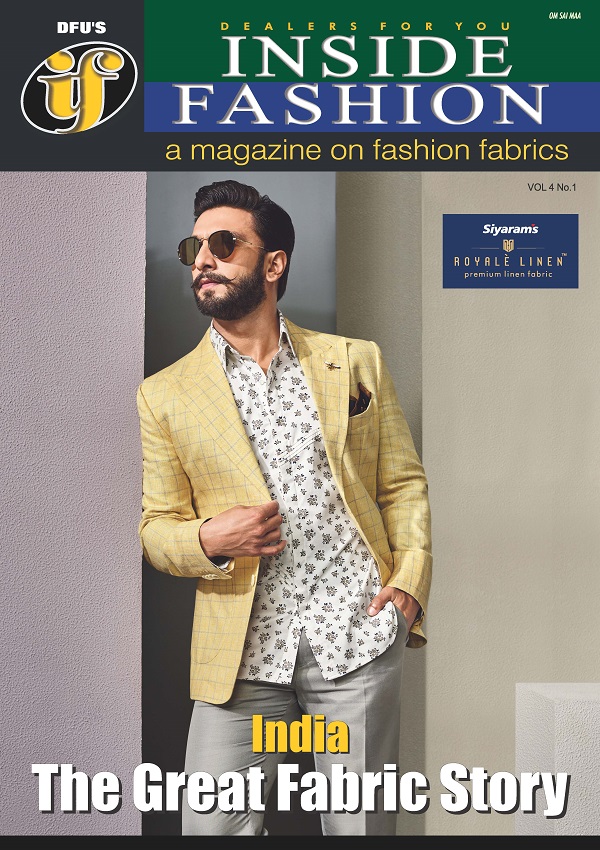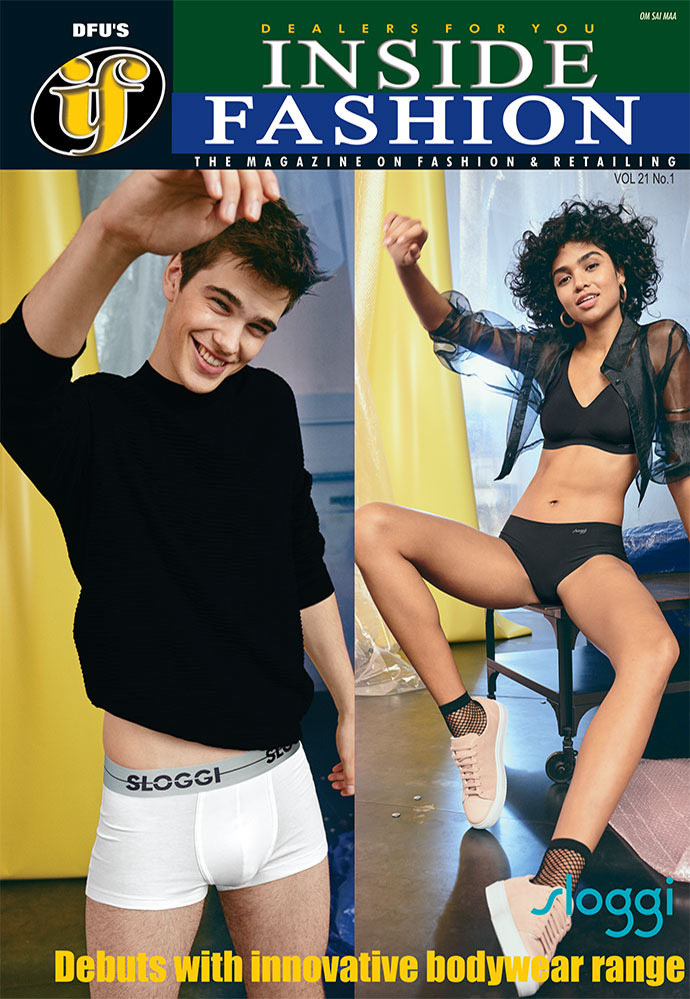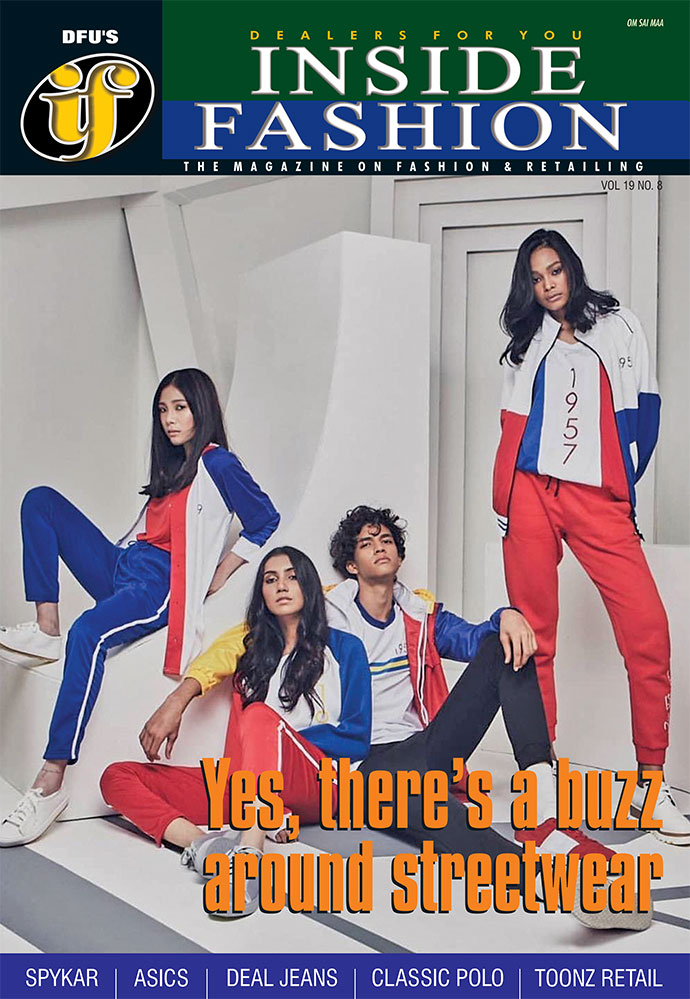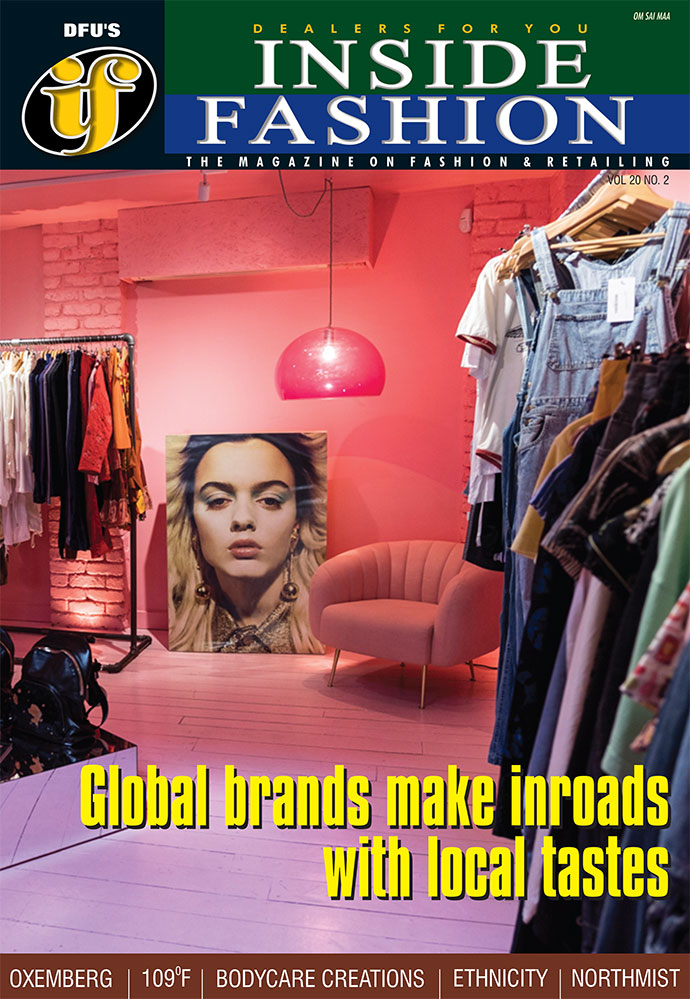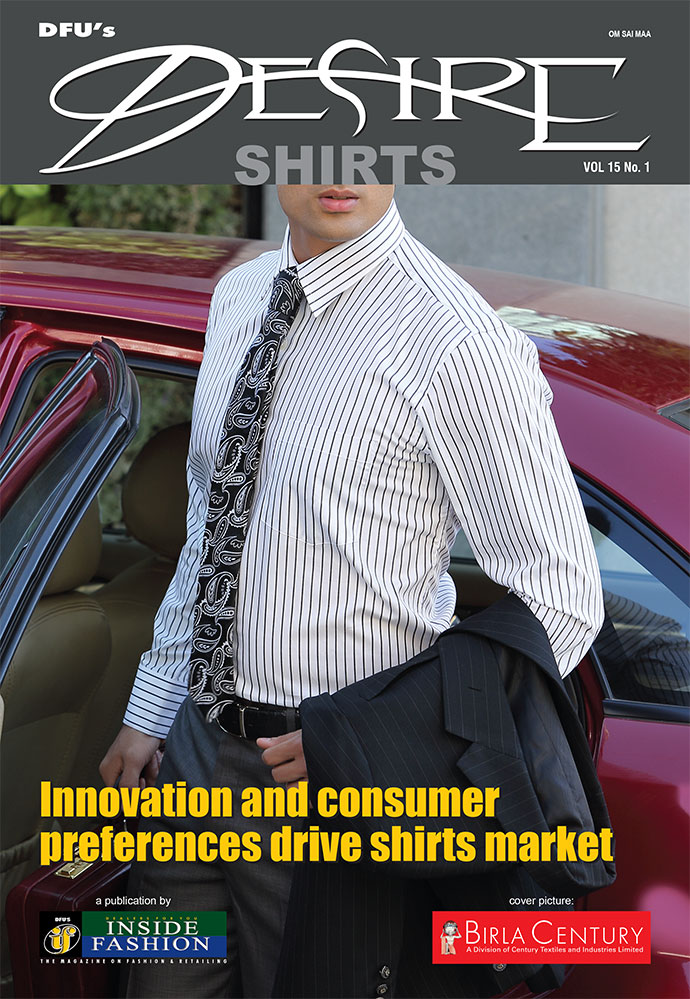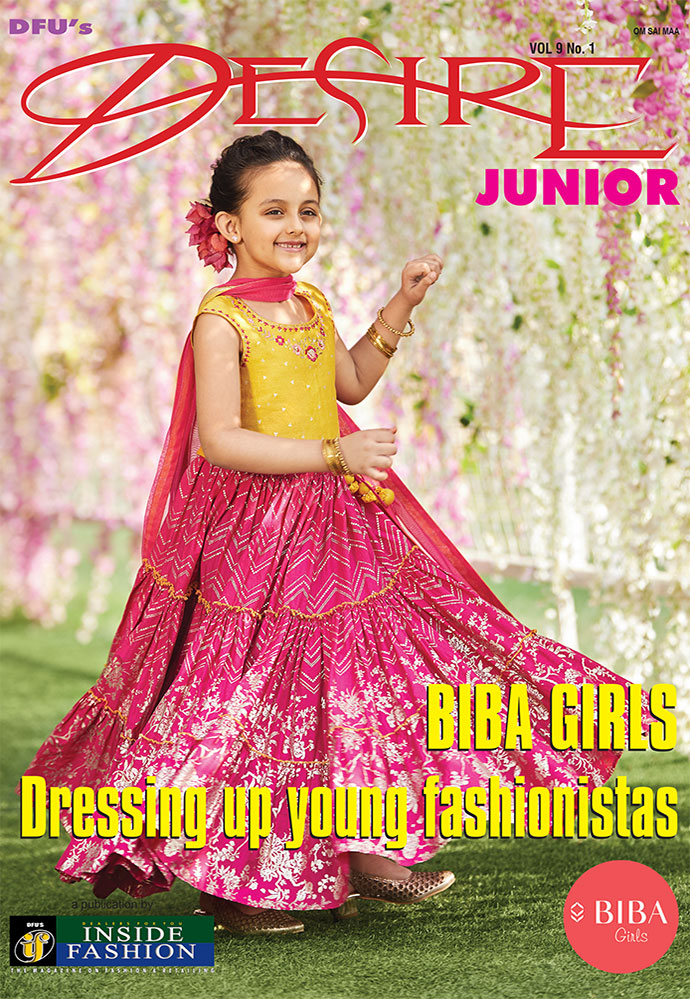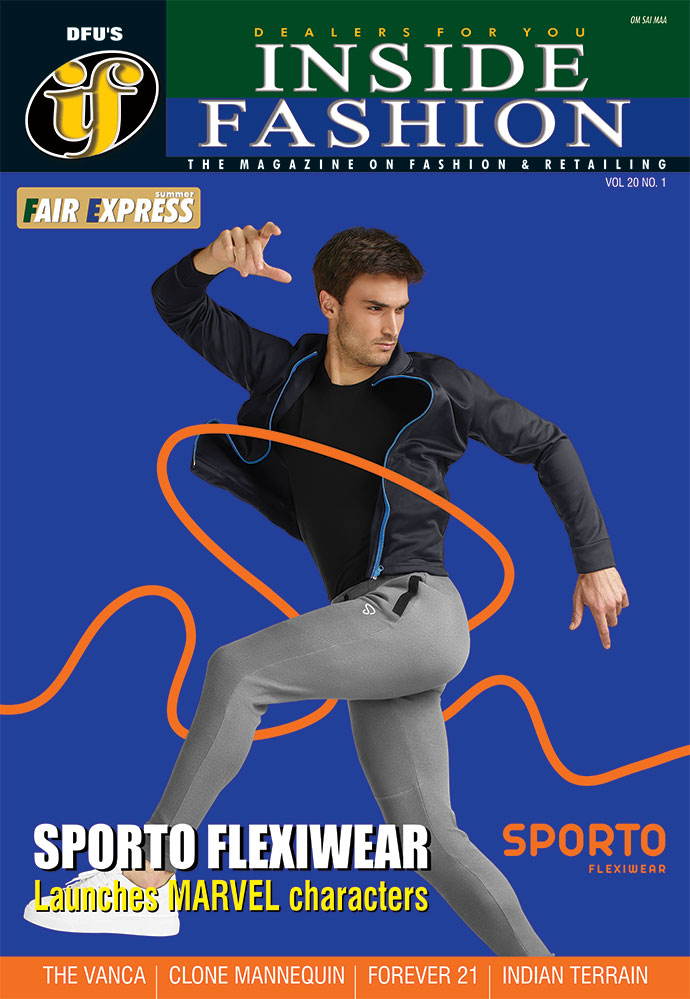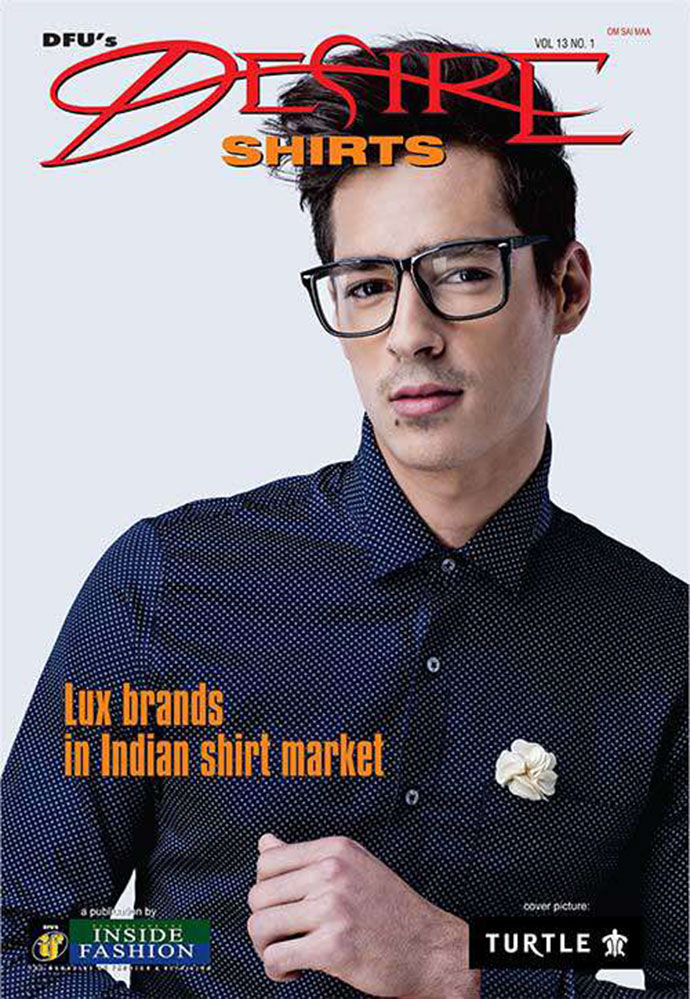Star Power Showdown: Hrithik’s HRX hits Rs 1000 cr, Kohli’s brands show mixed fortunes

08 July, Mumbai 2025
In India’s fast-evolving fashion and lifestyle market, celebrity-backed brands often gain immediate traction. But few withstand the long race. The contrasting journeys of Hrithik Roshan’s HRX and Virat Kohli’s Wrogn and One8 reveal a deeper truth: while star power might offer a head start, long-term success demands authenticity, strategy, and consumer-centric innovation.
HRX, building a fitness empire from authenticity
When Hrithik Roshan launched HRX in November 2013 with Afsar Zaidi, it wasn’t just a celebrity-endorsed fashion venture—it was positioned as India’s first homegrown fitness label. Inspired by Roshan’s personal health transformation, HRX embedded itself into a powerful narrative of resilience, discipline, and continuous self-improvement.
Early wins, long-term vision
In an industry where most celebrity brands take years to find footing, HRX clocked a staggering Rs 350 crore in its very first year. Fast forward to 2025, the brand has crossed the Rs 1000 crore milestone—a five-fold growth and a benchmark few Indian fashion labels, celebrity-led or otherwise, have achieved. “We didn’t want to sell just T-shirts. We wanted to sell transformation,” HRX co-founder Afsar Zaidi shared in an earlier interview.
HRX didn’t just align with Roshan’s fitness ideals—it evangelized them. From its tagline “Keep Going” to its brand community of fitness aspirants, HRX resonated with India’s emerging health-conscious youth. The emphasis was not just on apparel but a lifestyle—driven by purpose.
A complete ecosystem, not just merch
What truly differentiated HRX was its approach to building a full-spectrum ecosystem. In addition to activewear and accessories, HRX introduced: smart fitness wearables; home fitness equipment; guided workout plans via Cure.fit; content platforms to engage the community. This ensured the brand didn’t fall into the “fashion fad” trap but became an integral part of its consumers’ wellness journey.
Perhaps HRX’s most astute move was pricing. Targeting India’s growing middle class, products were priced between Rs 800–Rs 1,200—a range that balanced aspiration with attainability. For college students and young professionals, HRX offered both inspiration and affordability.
Virat Kohli’s brands when star power isn’t enough
In comparison, Virat Kohli—a national icon in cricket—ventured into fashion with two brands: Wrogn and One8. Both offered promise but saw very different outcomes. Launched in 2014, Wrogn was designed to reflect Kohli’s edgy, experimental style. The brand courted attention and shelf space quickly. But the recent numbers tell a story of steady decline.
Wrogn's financial performance paints a challenging picture. According to Inc42 and Entrackr, its revenue plunged by 29 per cent in FY24, dropping from Rs 344 crore to Rs 243 crore. More alarmingly, its Return on Capital Employed (ROCE) stands at negative 72 per cent, indicating capital inefficiency and deep losses.
Table: Wrogn financial performance (FY23 vs. FY24)
|
Metric |
FY23 (Rs cr) |
FY24 (Rs cr) |
% Change (FY24 vs. FY23) |
|
Operating Revenue |
344 |
243 |
-29% |
|
ROCE |
N/A |
-72% |
Significant Loss |
According to Inc42 and Entrackr, Wrogn’s revenue dipped sharply by 29 per cent in FY24, with ROCE hitting -72 per cent—a red flag for any investor. The brand appears trapped in a glamour-heavy, narrative-light loop. “Wrogn is a classic example of chasing style without solving a problem,” said a retail analyst on condition of anonymity. “It relied on Kohli’s fame but never carved a true purpose.” Unlike HRX, which nailed affordable aspiration, Wrogn priced itself at Rs 1200– Rs 2500. This placed it in direct competition with premium global brands, alienating many of its core aspirational consumers in Tier II and III markets.
One8, a strategic partnership approach
Where Wrogn stumbled, One8—named after Kohli’s jersey number—found relative stability through collaboration. One8, launched in collaboration with Puma, smartly offloaded its supply chain, design, and global distribution burdens to the German sportswear giant. This gave it access to world-class operations while retaining the brand narrative built around Kohli’s lifestyle values—discipline, performance, and ambition.
Diversification without the risk
One8 expanded across categories including: athleisure and footwear (via Puma); fragrances; innerwear; cafés (One8 Commune). While financial data is limited due to the partnership structure, Tracxn reports that One8’s associated entity posted Rs 22.5 crore in revenue as of March 31, 2023—a modest figure that likely doesn’t reflect the full scale but signals conservative and possibly sustainable growth.
Lessons in celebrity branding
Authenticity over aesthetics: HRX succeeded because its story was personal, real, and actionable. Roshan didn’t just wear the brand—he lived it. Wrogn, in contrast, offered a surface-level style proposition, one that faded as novelty wore off. One8 benefits from Puma’s inherited authenticity in the sportswear space.
Ecosystem vs merchandise: HRX built an environment of health and growth. Wrogn sold products. One8, thanks to strategic partnerships, has built a lifestyle portfolio without the need for operational ownership.
Price with purpose: HRX’s pricing model struck a critical balance—low enough to scale, high enough to maintain brand cachet. Wrogn aimed too premium, and One8 caters to niche lifestyle segments through established pricing norms of its partners.
The 'Why' factor
Simon Sinek’s famous theory on the power of “Why” plays out clearly here:
• HRX’s Why: To inspire transformation and fitness among Indians.
• WROGN’s Why: To dress like Virat Kohli.
• One8’s Why: To embody a high-performance, modern Indian lifestyle—with backend support from global leaders.
• And therein lies the crux: HRX answered a deep, personal need. Wrogn answered a fleeting desire. One8 balanced aspiration with structure.
Not all fame is equal in fashion
The Indian consumer, especially Gen Z and millennials, is now seeking more than star dust. They want brands that reflect their own aspirations and values, not just a celebrity's wardrobe. HRX’s Rs 1000 crore rise is a case study in authentic branding, ecosystem creation, and smart pricing. Wrogn’s current struggles highlight the dangers of relying solely on fame without narrative or accessibility. One8 may not be breaking records, but it’s quietly creating value through partnerships and smart positioning.
In the long run, brands that solve real problems, tell compelling stories, and build communities—will always outlast those built only on image. And that’s the enduring lesson from India’s star-powered brand battle.


